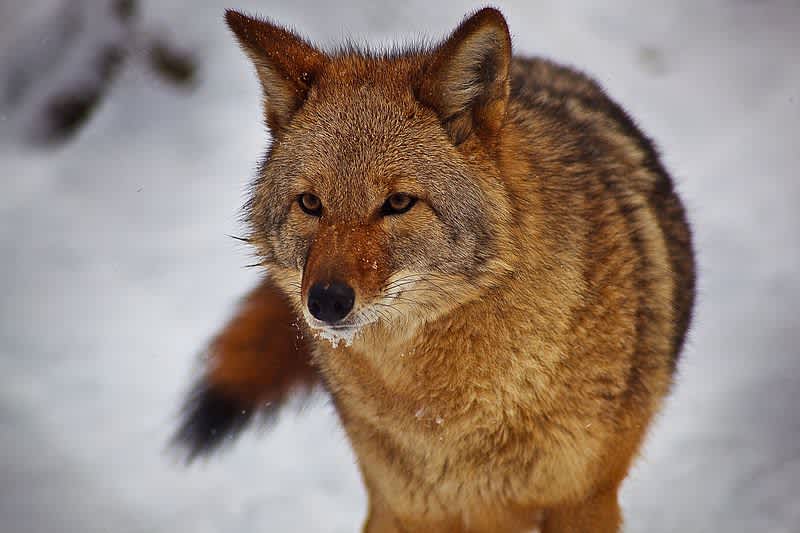Utah DWR Offers Hunters $10,000 Contracts for Coyotes
OutdoorHub Reporters 04.03.14

The growing number of coyotes in Utah and the threat they present to mule deer led to the creation of the state’s Predator Control Program in 2012. By the time wildlife officials ended the program’s first year last June, more than $380,000 was paid out to 1,055 participating hunters and trappers. What many may not know, however, is that the state also awarded 13 contracts to high-performing hunters for work between December 2013 and June 2014.
According to the Utah Department of Natural Resources (DNR), the Division of Wildlife (DWR) began forming the contracts last November. To be eligible, hunters had to have turned in at least 25 coyotes through the Predator Control Program. This narrowed the pool of potential hunters to just 60. According to a report released by the DWR, more than 7,100 coyotes were taken as a result of the program, but most hunters only turned in one animal.
“The program is very successful in terms of participation,” DWR mammals coordinator John Shivik told KSL.com’s Grant Olsen.
Shivik explained that the contracts work by matching up experienced hunters and trappers with areas where fawn-to-doe ratios are low. The contracts require about 200 hours of work and may reach up to $10,000. The 13 contracts in effect now will end in June, and the DWR is considering agreeing to a similar number later this year after evaluating the program.
“This is a new program, however, that hasn’t been tried at this scale before,” Shivik said. “That is why it is so important for us to collect data on deer populations and coyote removal. In a few years, we will have enough data to be able to make a good assessment of the effectiveness of the program for helping deer herds.”
The Predator Control Program is funded by the Mule Deer Protection Act. Although coyotes can be dangerous to other animals, wildlife officials are primarily concerned about the effect the predators have on mule deer fawns. The combination of harsh winters, scarce food, and pressure from coyotes can strain deer herds to their limit, and biologists hope that the program will lead to a resurgence in the mule deer population.
“If the weather is mild and the habitat is good, then removing predators could increase the number of fawns that survive. More fawns could help to stimulate an increase in mule deer numbers,” the DWR states on its website.
Other factors make it hard to gauge whether the Predator Control Program is having an effect on deer numbers, such as available forage and the severity of weather. Animal rights groups were quick to criticize the program, while some biologists say that coyote culls have historically done little to reduce their population.
DWR officials hope otherwise, although it may be a few years until the department has enough data to make a conclusive analysis. Coyotes can produce up to six pups a year and can be difficult to hunt. Currently, the Predator Control Program reimburses hunters and trappers $50 for every confirmed coyote taken.

